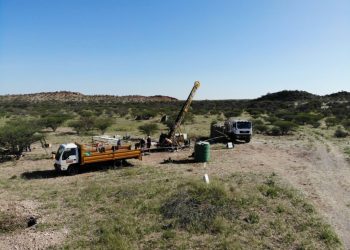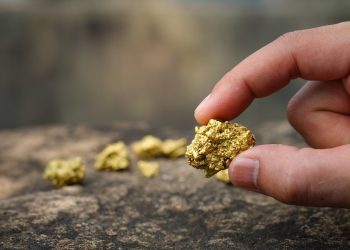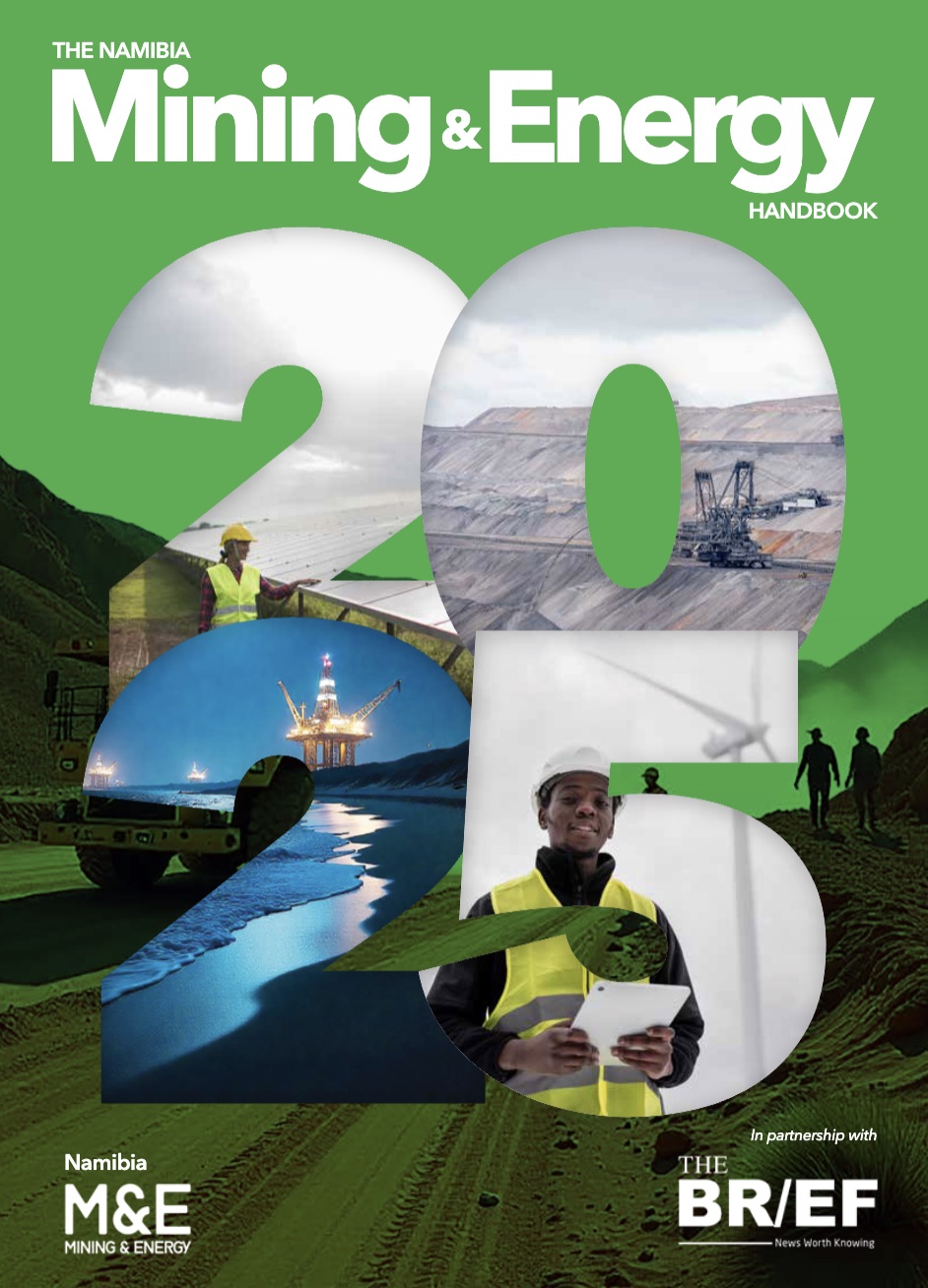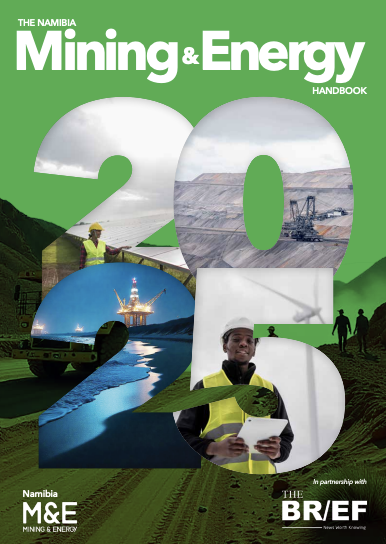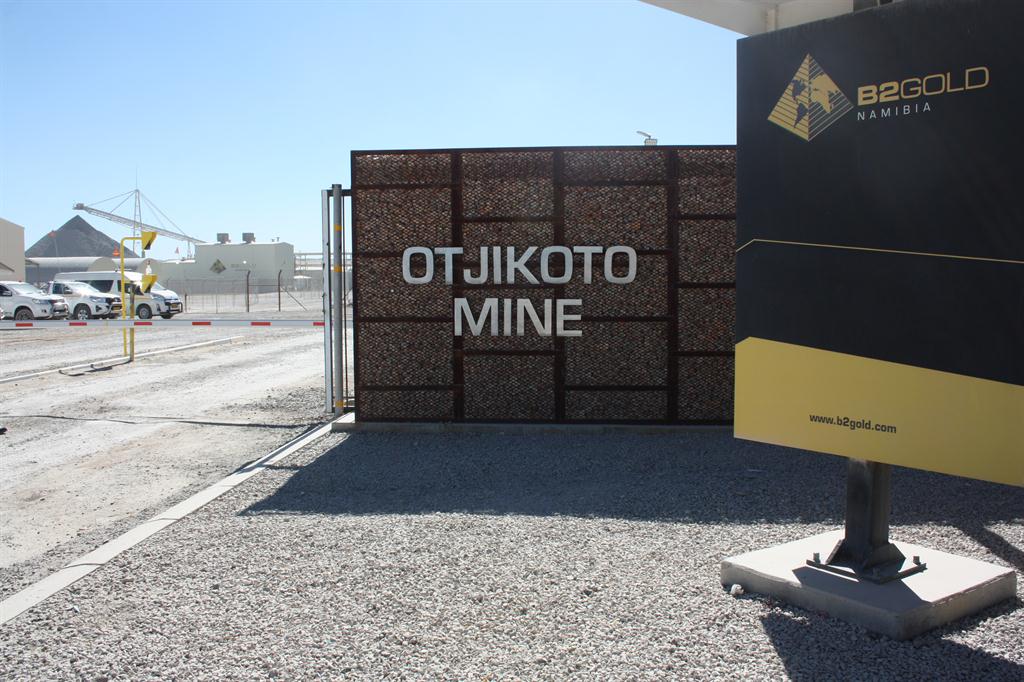
B2Gold Corp has reduced the pre-production capital cost for developing the Antelope underground deposit at its Otjikoto Mine from N$2.24 billion (US$129 million) to N$1.82 billion (US$105 million), according to the company’s latest quarterly report.
Most of the capital spending will take place between 2026 and 2027 as the mine transitions from open-pit operations to underground mining.
The company said the Antelope project will extend the Otjikoto Mine’s lifespan well into the next decade, supporting employment and sustaining Namibia’s gold production capacity.
“B2Gold believes that the Antelope deposit has the potential to become a small-scale, low-cost underground gold mine that can supplement the low-grade stockpile production during the period from 2028 to 2032 and result in a meaningful production profile for Otjikoto into the next decade,” the company stated.
“Production from Antelope has the potential to increase Otjikoto Mine gold production to approximately 110,000 ounces per year over the life of the Antelope underground mine.”
From 2029 to 2032, combined production from Antelope and low-grade stockpiles could lift Otjikoto’s annual output to about 110,000 ounces.
The Preliminary Economic Assessment (PEA) outlines an initial five-year mine life, producing a total of 327,000 ounces at an average of 65,000 ounces per year. The deposit remains open along strike, with an estimated 1.75 million tonnes grading 6.91 g/t for roughly 390,000 ounces of inferred resources, showing strong potential for future expansion.
During the third quarter of 2025, the Otjikoto Mine exceeded expectations, producing 44,105 ounces of gold from 0.87 million tonnes milled at an average grade of 1.59 grams per tonne and a recovery rate of 98.6%.
Gold revenue for the period totalled N$2.49 billion (US$143.1 million) from 40,837 ounces sold at an average realised price of N$60,900 (US$3,503) per ounce.
Operating costs were slightly above forecast, with cash operating costs of N$13,580 (US$781) per ounce produced and N$13,600 (US$782) per ounce sold, largely due to one-off expenses linked to the completion of open-pit activities.
All-in sustaining costs (AISC) reached N$18,940 (US$1,089) per ounce, reflecting higher royalties from stronger gold prices.
Capital expenditure during the quarter totalled N$69.5 million (US$4 million), split evenly between Wolfshag underground development and mobile equipment rebuilds.
Exploration expenditure stood at N$38.2 million (US$2.2 million), bringing year-to-date exploration spending to N$111.2 million (US$6.4 million).
“The Otjikoto Mine in Namibia, in which the company holds a 90% interest, continued to outperform during the third quarter of 2025, producing 44,105 ounces of gold, above expectations. For the third quarter of 2025, mill feed grade was 1.59 g/t, mill throughput was 0.87 million tonnes, and gold recovery averaged 98.6%,” B2Gold reported.
Future processing will draw from the remaining Otjikoto pit, Wolfshag underground operations,expected to continue until 2028,and existing ore stockpiles.
The company maintained its 2025 production guidance for Otjikoto at between 185,000 and 205,000 ounces of gold, with cash operating costs of N$11,040–N$12,080 (US$635–US$695) per ounce and AISC of N$16,780–N$17,820 (US$965–US$1,025) per ounce.

